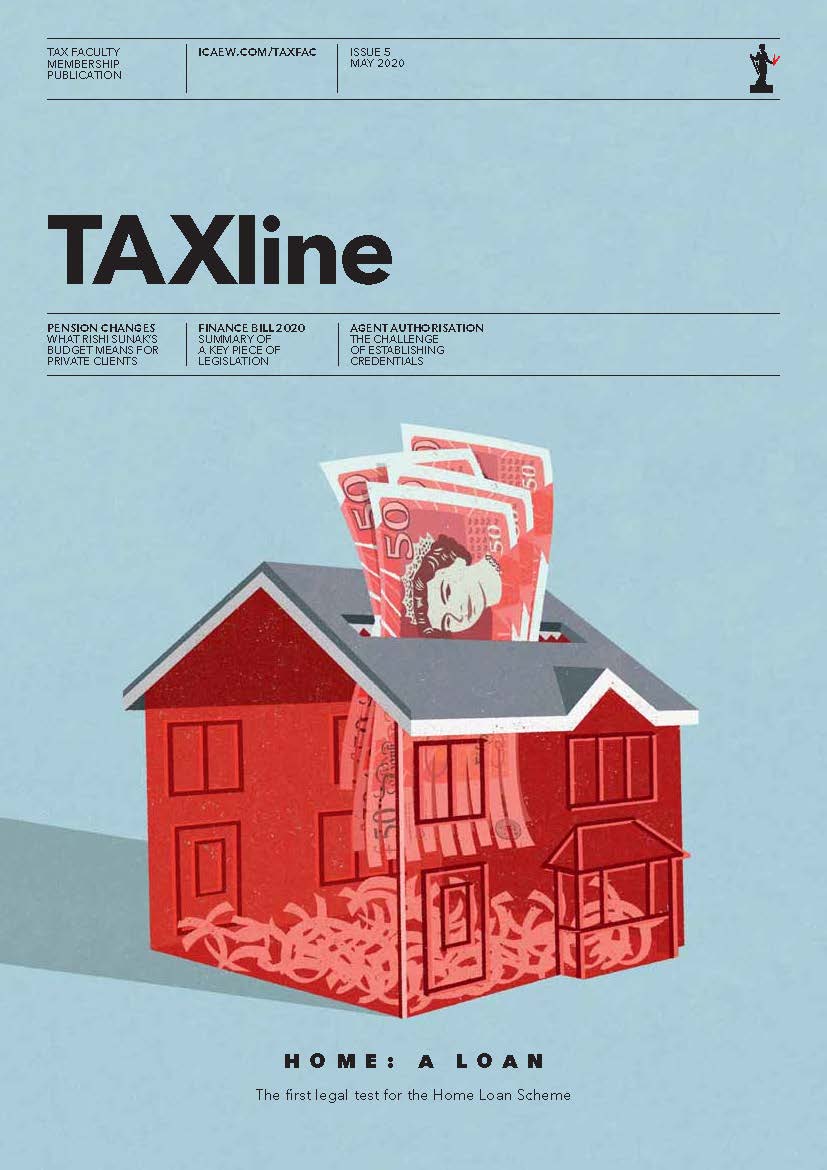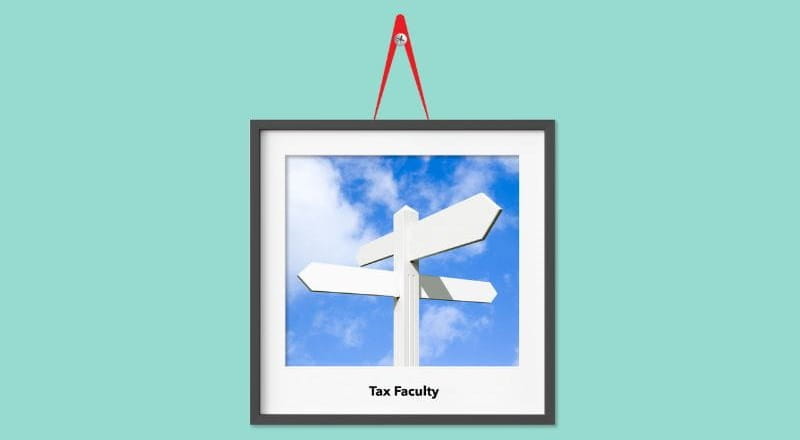Contributing to your CPD?
If this article is supporting your professional development, it can count towards your verifiable CPD hours. Use the pop up at the bottom right corner of your screen to add reading this article as an activity to your online CPD record.
Non-structural tax reliefs are designed to help and encourage particular groups or sectors, or to incentivise certain behaviours and activities, to achieve economic or social objectives.
Examples include research and development (R&D) tax relief, business asset disposal relief (BADR) and the national insurance contributions (NIC) employment allowance. In 2022/23, the total cost of the 104 reliefs of which HMRC has data was £204bn, equivalent to 25% of all tax revenue. Additionally, there were 341 non-structural reliefs in 2023.
The NAO’s findings
The National Audit Office (NAO) found that HM Treasury and HMRC have made a number of important improvements to the way they administer, evaluate and report on tax reliefs. These include publishing objectives and a framework for evaluating reliefs. However, the report indicates there is still plenty of room for improvement such as the fact that the government has not identified the number and total cost of reliefs with purely economic objectives.
The report concludes that more oversight is required on how these reliefs work together to achieve the policy intent of growth and investment. It also notes that since producing an evaluation plan for tax reliefs in 2021, HMRC has completed only two evaluations. Once this plan has been completed, HMRC will have evaluated 36 of the 341 identified tax reliefs since 2015.
The NAO also found that some tax reliefs with economic objectives have cost far more than forecast. For example, the R&D SME tax relief (costing around £12.3bn more than HMRC expected between 2015/16 and 2020/21) and high-end television tax relief (costing 272% more than HMRC expected between 2013/14 and 2017/18).
Following evaluation, the government has made the decision to reduce some reliefs, which has reduced costs to the Exchequer significantly. Reducing the lifetime allowance for BADR (previously entrepreneurs’ relief) saved £1.6bn in 2021/22 alone. However, the NAO notes that there was a three to four year gap between the date of evaluation of the relief and ministerial decisions to amend BADR and the NIC employment allowance.
Furthermore, three other reliefs were found to have limited effectiveness in increasing economic activity and they have not been amended. These are:
- business asset rollover relief (no cost estimate available);
- reduced employer’s NIC for employees under 21 (estimated cost 2022/23: £850m); and
- reduced employer’s NIC for apprentices under 25s (estimated cost 2022/23: £290m).
According to the report, the government has reduced its budget for evaluation of tax reliefs by more than a quarter to £600,000 in 2023/24. The NAO noted that billions of pounds of savings could be made from making changes as a result of external evaluations.
R&D tax relief
The NAO report focuses much of its attention on R&D SME tax relief. It notes that a reduction in the rate of R&D SME tax relief, alongside an increase in the rate of the RDEC, was expected to lead to a net reduction in costs of £4.5bn between 2023/24 and 2027/28. This predates the decision to merge the schemes.
However, the report also notes HMRC was too optimistic in assessing the level of non-compliance and consequently was slow to respond. The NAO qualified its opinion on HMRC’s 2019/20 accounts, due to concerns about error and fraud associated with this relief.
HMRC began random checks into a sample of R&D tax relief claims from December 2020 – three years after it had identified more tax at risk from poor quality claims. Findings from this compliance activity, reported in July 2023, indicate HMRC had underestimated the level of risk associated with this relief.
Post-payment compliance work proved the only means that HMRC could make a robust assessment of the scale of error and fraud. However, the time needed to train new staff and develop new systems affected the response pace. Staff brought in from other areas of the organisation had received training, but lacked practical experience in administering this relief. There were widespread concerns (including those raised by ICAEW) about this approach, the quality of HMRC casework and lack of support to claimants. HMRC is promising to address these through an improvement plan.
The NAO notes that HMRC is learning from this experience but does not monitor its compliance activity in relation to other high-cost reliefs, including full expensing and other capital allowances claims.
The Tax Faculty
ICAEW's Tax Faculty is recognised internationally as a leading authority and source of expertise on taxation. The faculty is the voice of tax for ICAEW, responsible for all submissions to the tax authorities. Join the Faculty for expert guidance and support enabling you to provide the best advice on tax to your clients or business.
More support on tax
ICAEW's Tax Faculty provides technical guidance and practical support on tax practice and policy. You can sign up to the Tax Faculty's free enewsletter (TAXwire) which provides weekly updates on developments in tax.
Sign up for TAXwireJoin the Tax Faculty


